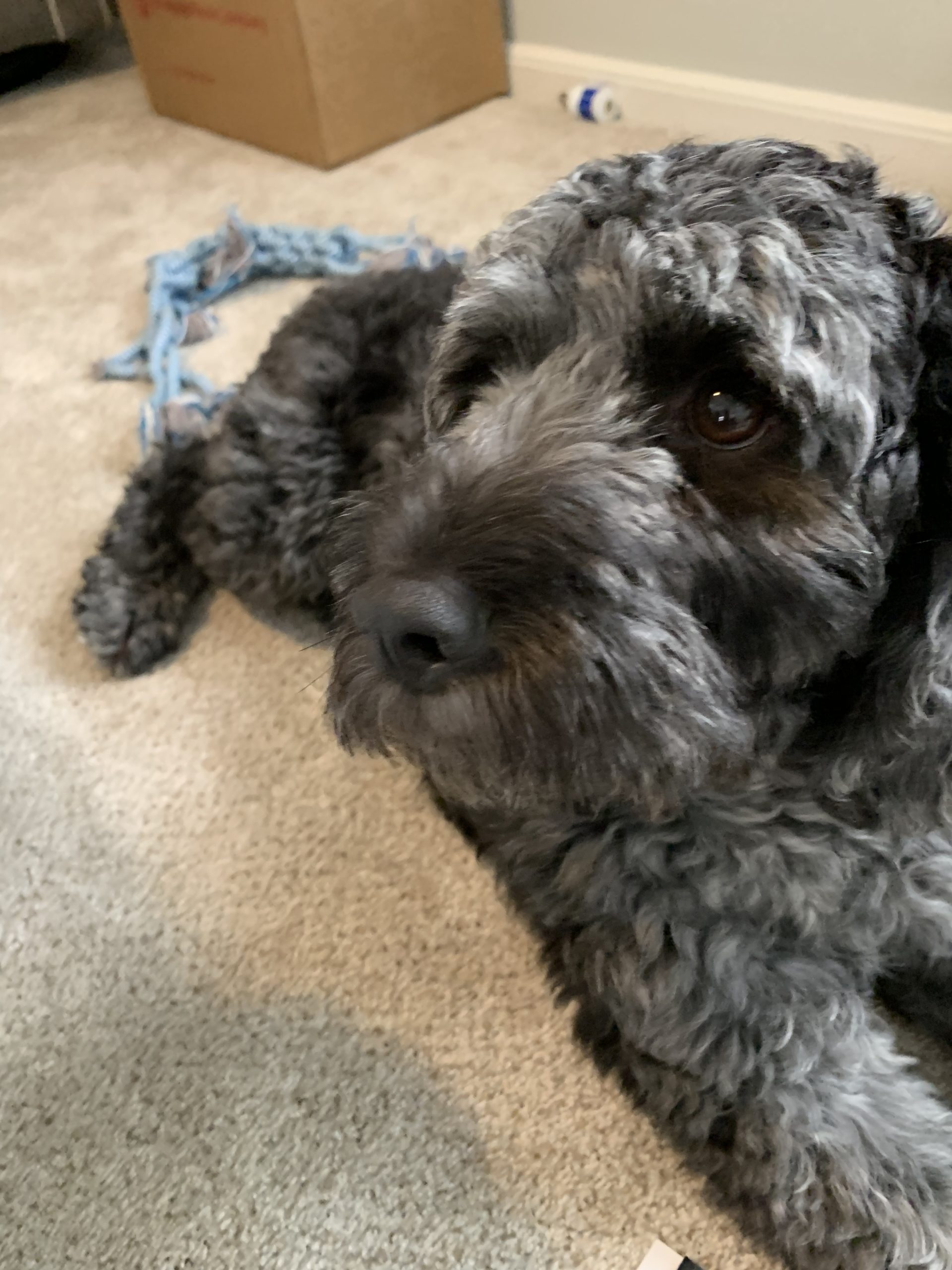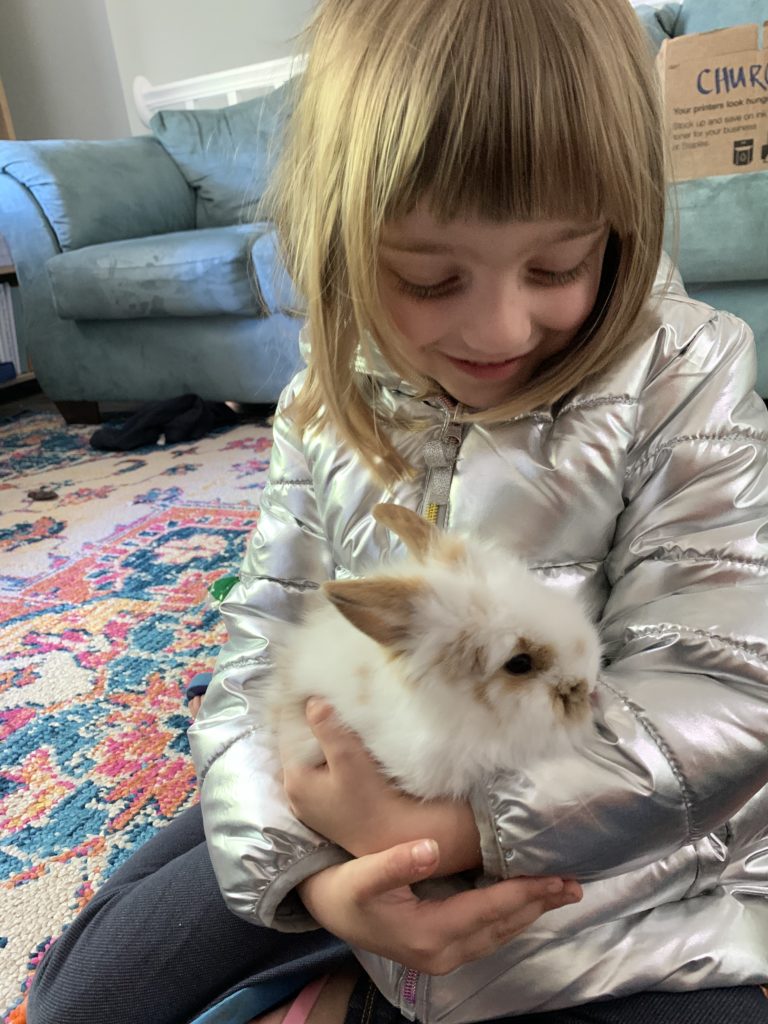“Eye Movement Desensitization and Reprocessing” is a form of therapy that I just recently learned about and I am just blown away. A friend of mine recently posted about how it completely changed her life– she had suffered from intense anxiety for a long, long time. And that was with the usual coping mechanisms! Then she found EMDR and it changed her life.
I didn’t really get what it was at first, so I reached out to someone from my hometown that is now an EMDR therapis, to learn about what it REALLY is and how it works. I am so glad I did! This process is INCREDIBLE and so many people’s lives have changed because of it. Here is what she had to say:
Hi, I am an MSW who specializes in Eye Movement Desensitization and Reprocessing (EMDR) therapy. Maybe you have heard of EMDR as an effective therapy for PTSD. Besides PTSD, EMDR has been found effective in treating anxiety and panic attacks, depression, stress, phobias, sleep problems, complicated grief, addictions, pain relief, phantom limb pain, self-esteem and performance anxiety. EMDR is effective in resolving any negative thoughts a person might have about themselves. Common negative thoughts such as “I’m not good enough,” “I’m unlovable,” “I’m not worthy,” “It was my fault,” etc. are beliefs I target and resolve with EMDR.
The body has the natural ability to heal itself, but sometimes disturbing events can overwhelm the body’s ability to cope. This is often referred to as a traumatic event. Some people like to categorize traumatic events as big T traumas such as a motor vehicle accident, exposure to war, physical abuse, sexual assault or losing a loved one versus little t traumas such as neglect, divorce, interpersonal conflict, illness, infidelity, or financial troubles. I do not like to make the distinction, because what may be a little t trauma for one person might be a big T trauma for another and vice versa.
When the body’s ability to cope is overwhelmed by disturbing experiences, the memories are not able to be processed by the brain. Memories and feelings are stored in an emotional form in the limbic system of the brain, which is linked to emotions and physical sensations and is disconnected from the logical part of the brain which uses language to store memories. This is why EMDR is so effective compared to talk therapy–it accesses the limbic system, reprocessing disturbing memories which are stored in the nervous system and after they are reprocessed, they are no longer disturbing. My clients report changes in thoughts, feelings and images, which often result in new insights that resolve the disturbance. The body is also able to release tension that was stored in the nervous system.
The mechanism that facilitates this healing is not certain, but the theory is that the eye movements or other bilateral stimulation (BLS) such as tapping or auditory stimuli are similar to REM sleep, the portion of the sleep cycle where your brain processes the events of the day. As I ask my clients to recall disturbing images, I administer BLS and then ask them what they notice. They may notice a new image, thought, emotion or bodily sensation. It is not necessary that they report the details of the disturbing memories. The resolution comes from within the client themselves and I do not make suggestions unless they become stuck. I sometimes incorporate inner child work if it is needed for healing past childhood issues, and I find this is very effective in helping my clients heal themselves.
When a client comes to me for EMDR therapy, the first session is very similar to a session of talk therapy. There is a lot of history taking, but in a very trauma-informed way. Next, I teach the client coping skills for any anxieties that may come up in between sessions. I teach grounding skills so that clients won’t experience a full flashback or other dissociation during the session. Within a few sessions I can usually start desensitization and reprocessing with BLS. EMDR is generally a brief therapy and some clients only need a few sessions to resolve trauma. Clients with more complex trauma sometimes require more preparation before desensitization and reprocessing can begin. If you are interested in learning more about EMDR and the research emdr.com is a good source. If you want to locate an EMDR therapist near you go to emdria.org and search for a certified EMDR therapist. If you have questions, feel free to reach out to me at cwallemdr808@gmail.com or you may find me at @emdr808 on Facebook.
Carrie Wallace, MSW
Utah EMDR Therapist




